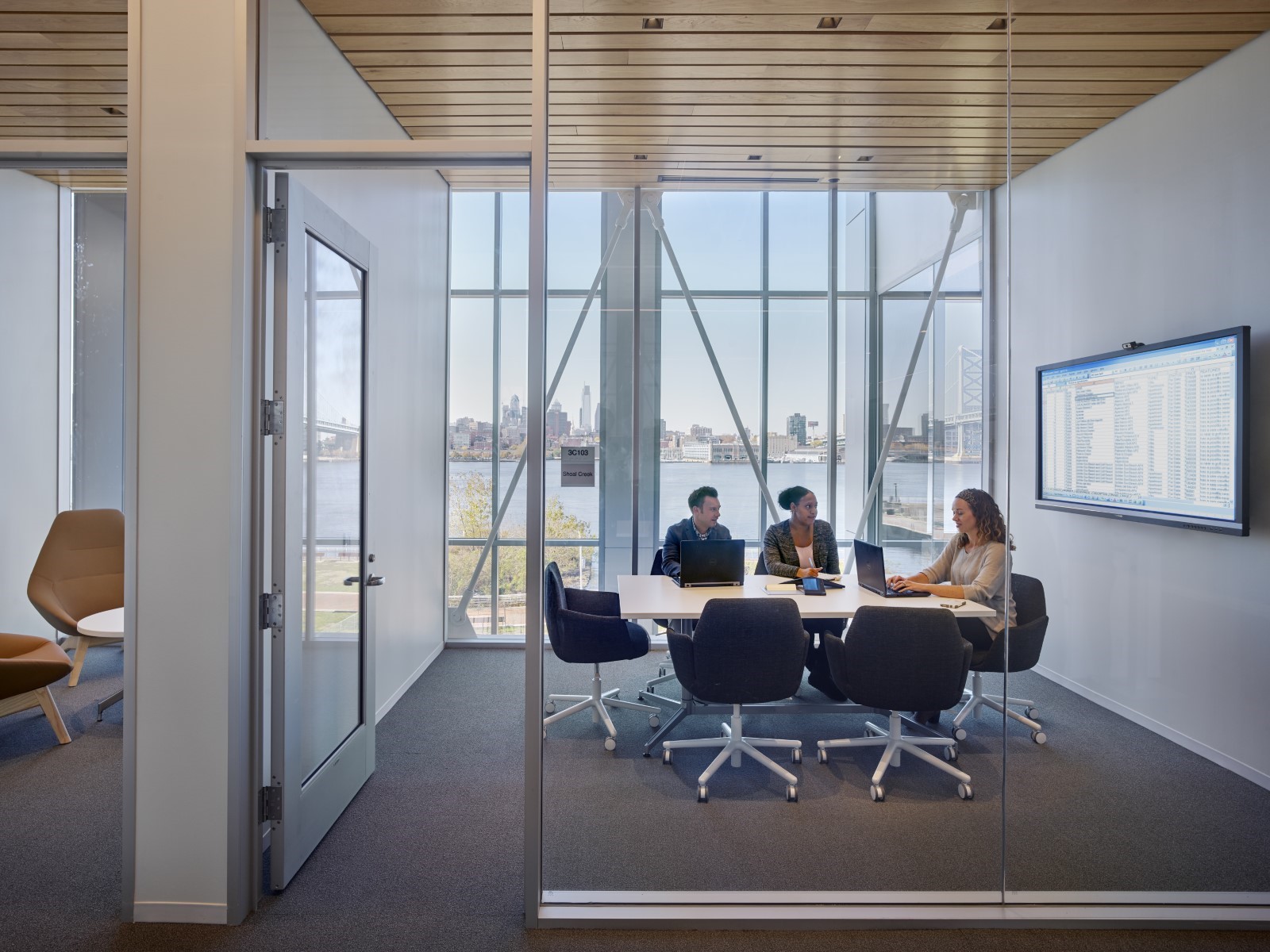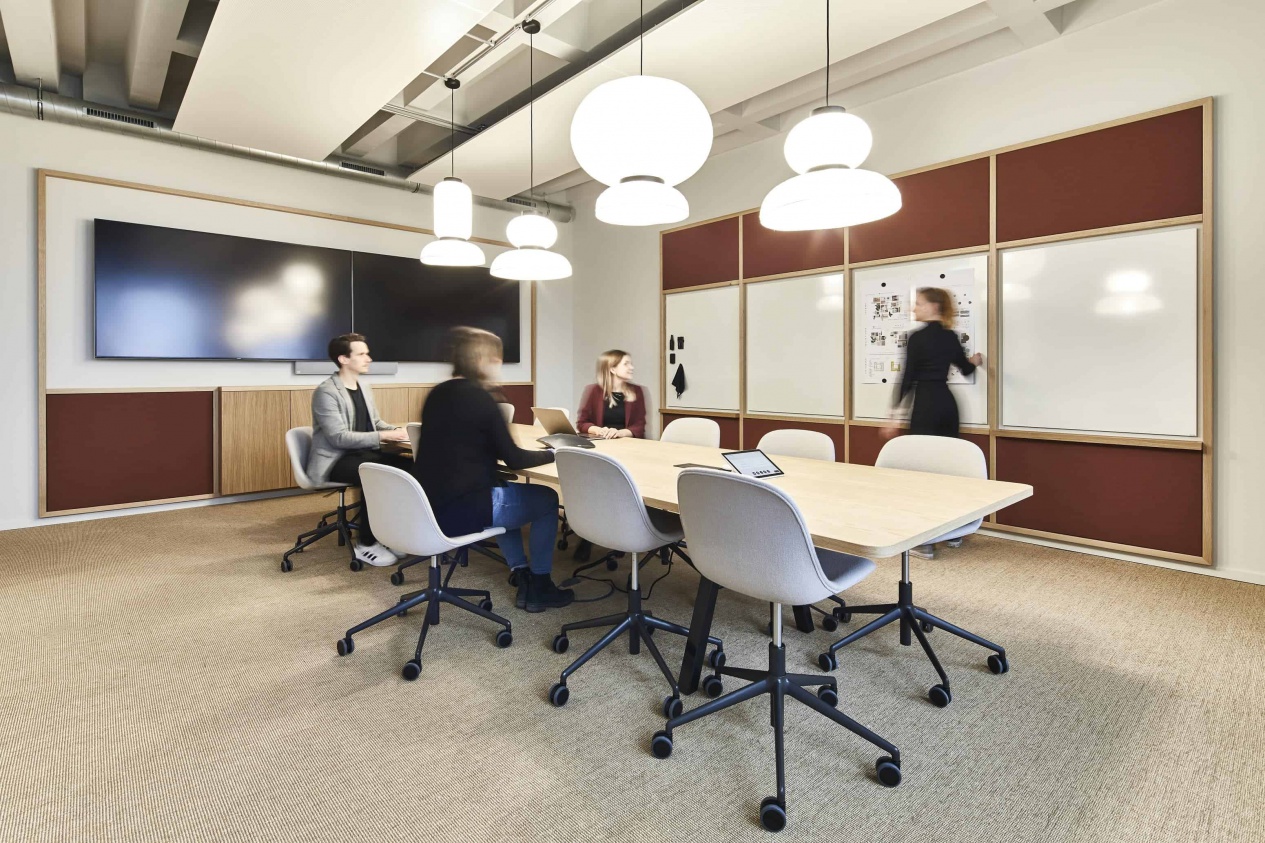We all recognize the importance of making data-driven decisions, but did you know that, according to a Slack report, 66% of executives report that they are designing their post-pandemic workforce policies with little to no involvement from their employees? Many times, this is not done deliberately, but because of the lack of time or resources a company has to collect information from its employees.
For business success, "one size fits all" approaches are not helpful. So how should a company make decisions? Join us as we find out with these tips from Mortensen and Zakhour published on HBR!
Leaders need tools that allow them to learn efficiently, effectively, and orderly what their diverse group of employees really needs so they can craft policies accordingly.
Below, we can see some tools illustrated with examples taken from the case of "ComCo": a global communications agency that asked Zakhour's firm for support to rethink the design of its regional offices as part of its "Workplace for the Future" initiative. Here's how one of the leaders described the challenge:
"When it came the time to renovate our office, we knew the task ahead would mean more than updating a floor plan. We had the opportunity to really rethink the way we work and how our workplace allows it. Our goal was a space that aligned with our business strategy and growth plans, but also met the needs of our employees. Lacking the time, resources, and tools to do so efficiently and diligently, we called on Marilyn's team to help us capture, quantify, and make sense of relevant data. This facilitated our decision-making and ensured that we designed spaces and policies that remained employee-centered."
Paso 1: Collect Data
To collect data and information, you can use these tools:
- File Data Audit
This will allow you to know what aspects have been communicated and in which areas there is opportunity. It will also allow you to identify potential complaints that employees have previously expressed and that may not have been resolved. In the case of ComCO, this point helped them realize that they had not formally communicated the new flexible work policy and this could have caused misinformation or doubts about the policy.
- Interviews and surveys
First, one-on-one meetings are useful in early stages to be able to identify problems through the perspective, ideas or interpretations of collaborators. Don't forget to conduct the interview series with an inclusive sample, with people of all levels. Surveys allow you to have quantifiable data that can be useful in interpretation. For example, at ComCO, employees reported spending 70% of their time on individual work.

- Daily observation
The Zakhour team visited ComCO's offices and among their discoveries, they found that there were a large number of empty offices by leaders who are constantly traveling and that the meeting rooms were exceeding their maximum capacity. They were also able to observe certain things that did not come up in any of the interviews conducted. That is why this point is very important and allows us to identify ways of working, issues of physical space, habits and behaviors.
Paso 2: Interpret the data
Just as it is important to work on data collection in an organized way, it is vital to have a structured process to analyze this information. These tools can help:
- Group
A tool that can be useful to your team when interpreting is to organize all the information in central topics or questions that may cover the problems and issues that arose in the collection. This will allow you to have the most organized information, identify priorities and simplify data.

- User personas
A user persona is a fictional representation of a character that represents the pain points or needs related to the area of focus. For example, ComCo's leadership team was operating under the reasonable assumption that working parents wanted more time from home to facilitate parenting logistics. But our data showed us that there was a second distinct group of parents: those who lived in multigenerational homes, who had child care support, but desperately needed a quiet dedicated space to do their work.
User personas help us understand a person's interconnected needs. They are particularly effective when your collaborators can be divided into different groups. The more "real" a person feels to you, the more you can imagine them, the easier it is to empathize with them, understand them, and design for their needs.
Step 3: Map the touchpoints
They are the different forms of contact that employees have with the company. They can be virtual, human, informal, formal, physical, etc. They are also all those platforms that the organization cannot control, such as chats or external services such as Whatsapp. The goal is to make sense of how different parts of the system affect each other, and that can have a strong impact on the employee experience.
In the case of ComCO, discrepancies were found between the messages employees received from official policy ("we are embracing flexible working") and the actions of their managers (e.g., mandates to return to the office).

"In less than six weeks, Zakhour's firm helped ComCo address its office and work redesign challenge by using these tools together, leveraging their different relative strengths to quickly and efficiently understand the diverse needs of the company's entire employee population. The company was able to design an appropriate work model and office value proposition, and ComCo's leadership considered the project a great success based on better employee engagement. They now use it as a case study on how to participate in similar redesigns in the company's global locations."
By applying the practices outlined in this article, organizations can gain a better understanding of their employees' needs and preferences in an efficient and cost-effective manner. Especially for the redesign of a space, it is important to know the needs and objectives of the users who occupy the place. This is closely related to the approach we have on edge when taking a project. Would you like to know how we can be your ideal ally to transform your offices and create a space that inspires people? Contact us!
Fountain:
To Craft a Better Employee Experience, Collect the Right Data (hbr.org)

